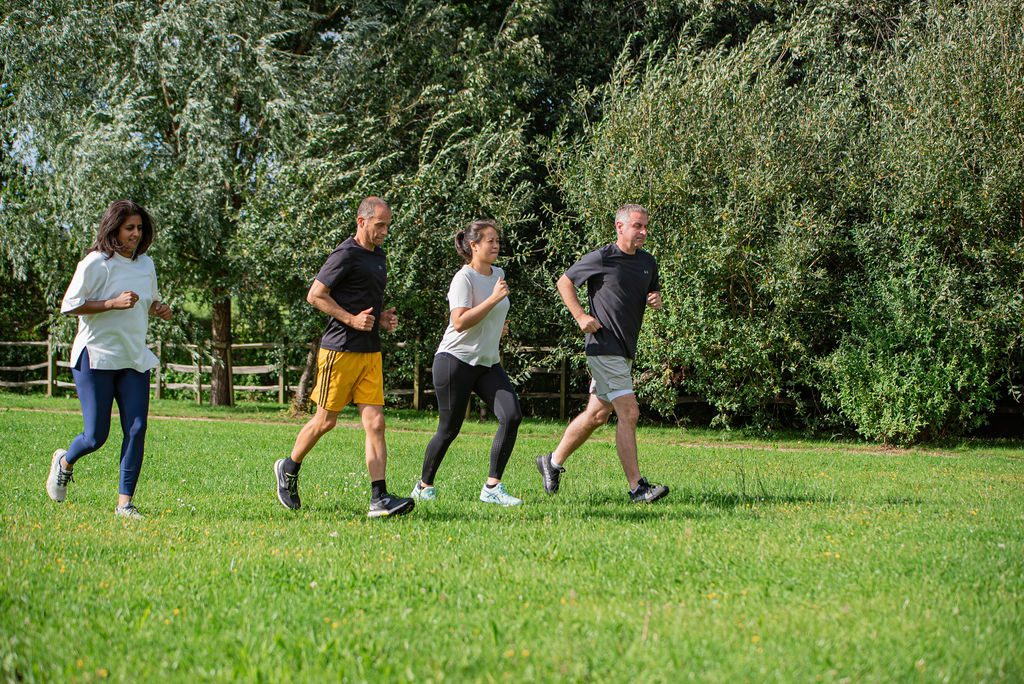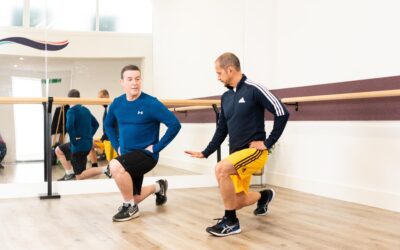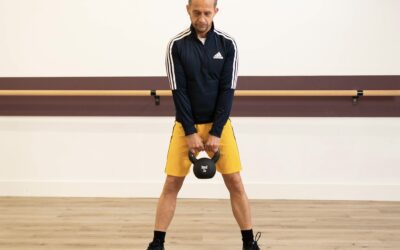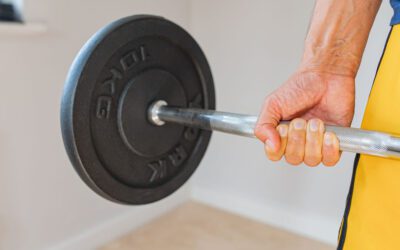The importance of a warm up and how to get it right
I have to admit that in the past I didn’t pay enough attention to warm up. Knowing what I now know, I’m sure that this led to some poor performances and to some injuries. Warm up doesn’t have to be onerous and it doesn’t have to take too much time, but getting it wrong will get your workout off to a dreadful start.
Before I lay out the steps to go through to make sure that you warm up effectively, I just want to clear up the reasons for warming up our bodies before exercise. There are two overall benefits; to reduce the risk of injury and to prepare our bodies physically and mentally for the exercise to come. But what actually happens as we go through a warm up routine?
Well, the gentle introduction of aerobic activity, for example jogging or cycling, kick-starts several physiological changes in the body that prepare us physically for the intense demands of our workout. Here is a summary of these changes:
- An increase in oxygen delivery to the muscles. This is the result of:
- Increased heart rate
- Expansion of the lungs and airways
- Expansion of blood vessels serving the muscles and contraction of the blood vessels elsewhere. This is known as the blood shunt.
- An increase in body temperature (making the muscles more pliable and less likely to tear)
- The start of sweating. This is the first stage of the thermoregulation process that stops our bodies from overheating even as our muscles are producing huge amounts of heat.
- Warming of the synovial fluid in the joints, making them more mobile.
- The release of adrenaline, which increases focus and concentration.
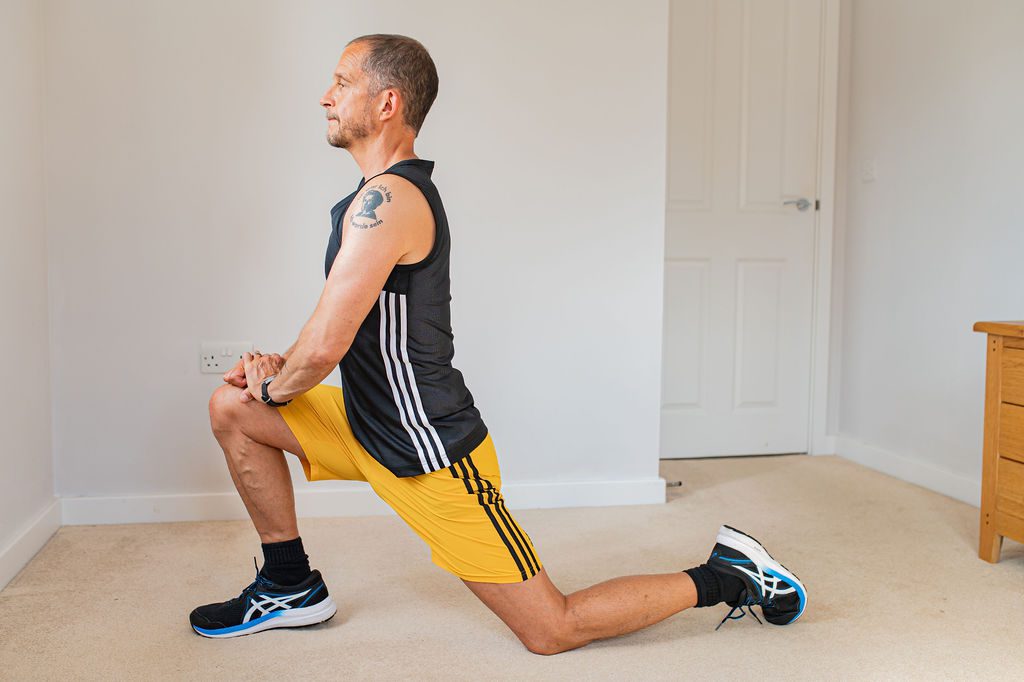
How the body reacts following a warm up
That’s how the body reacts to the first stage of warm up; progressive aerobic exercise. After that we should mobilise the joints by adding-in movements to increase the range of motion and then build-in some dynamic stretching. Dynamic stretches are stretches where you stretch until you feel the tension in the muscle and then you release the tension and repeat. Stretches with long holds, or static stretches, should not be done before exercise as they can weaken the muscles. Do them, at the end as part of the cool down.
The final stage of the warm up is to get into some activity-specific practices. So, if you’re playing tennis, that’s when you pick up the racket and start to hit some balls, for example. For a high intensity bodyweight workout activity specific practices are movements like squats and lunges, jumping jacks, running on the spot, and wall press ups, for example.
Here is a summary of the 4 stages of a good warm up:
- Progressively more intense aerobic activity
- Joint mobilisation
- Dynamic stretching
- Activity-specific practices

